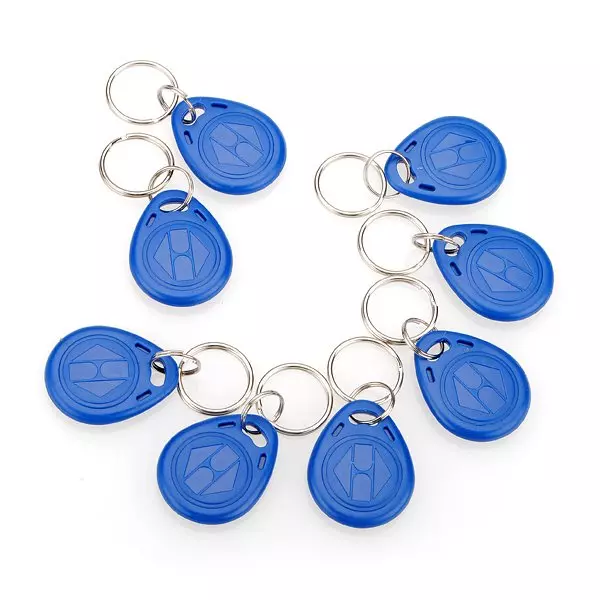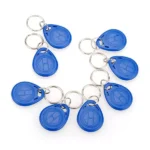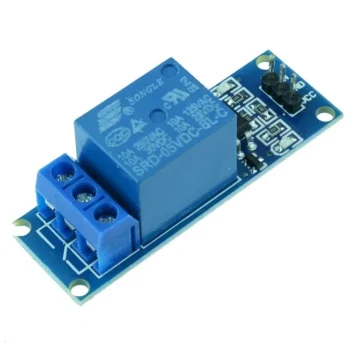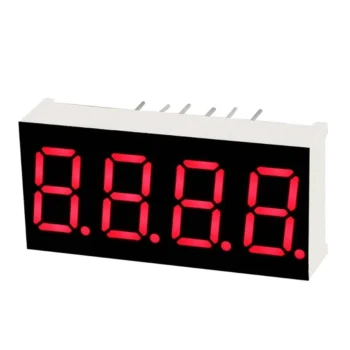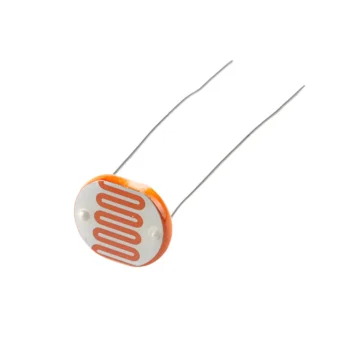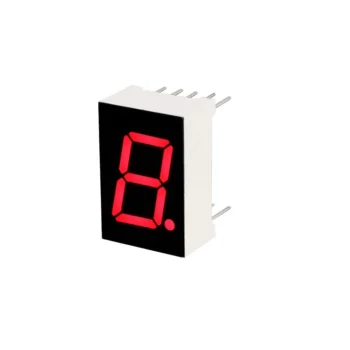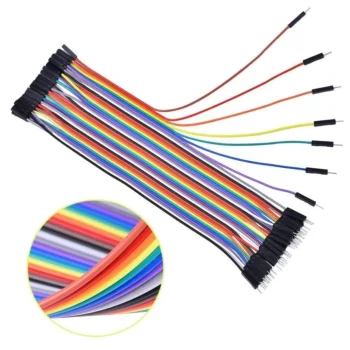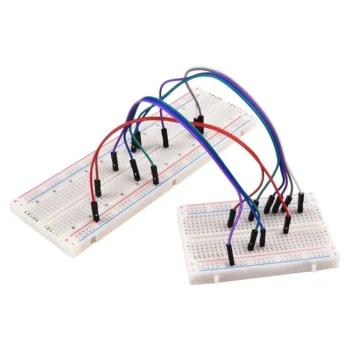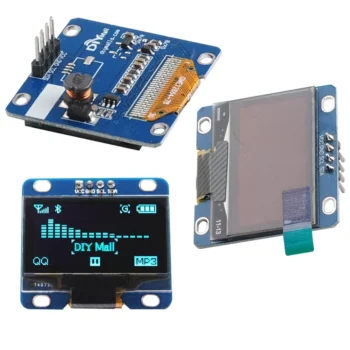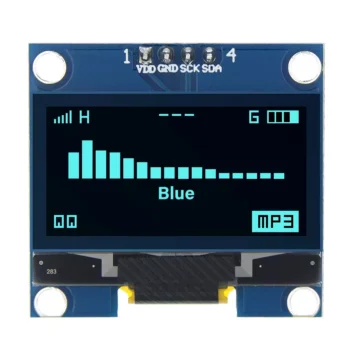TAG RFID 125 Khz ID 36x29x6.6mm
This is 125K RFID Tag. The RFID technology is used for sensing and identifying tagged people and objects for access control, automation, and a whole range of different applications.
Operating on a frequency of 125kHz, these tokens are all pre-programmed with unique ID numbers to communicate wirelessly with RFID Readers over distances of around 10cm or less. This means you can attach it to vehicles or items, keyrings or even pets’ collars to keep track of the location via an array of readers in the office, warehouse or home.
- Livraison & Retour
Livraison
Livraison en boutique GRATUIT
1 à 3 jours ouvrables
À domicile ou en point relais à partir de 400DA
Sur toutes vos commandes en livraison à domicile ou en point relais
Retours
Retour
Nous accepterons les échanges et les retours de vêtements non portés et non lavés dans les 30 jours suivant la date d’achat (14 jours pendant la période des soldes).
Retours en boutique GRATUIT
Votre retour sera généralement traité dans un délai d’une semaine à une semaine et demie. Nous vous enverrons un e-mail de notification de retour pour vous informer une fois le retour effectué. Veuillez prévoir 1 à 3 jours ouvrables pour que les remboursements soient reçus selon le mode de paiement d’origine une fois le retour traité.
- Poser une question
70,00 DA
- Read only
- Can not be programmed.
- Can’t compatible with UHF reader and encrypted readers, for exemple,HID,cobra,APICK, Paradox,Radio,Honeywell,Kaba,Isonas,etc
- Response frequency: 125KHz.
- Chip type: EM-ID 4100/4102 (Only Read)
- Detecting distance: 5-10cm.
Produits connexes
A 5v relay is an automatic switch that is commonly used in an automatic control circuit and to control a high-current using a low-current signal. The input voltage of the relay signal ranges from 0 to 5V.
The Arduino UNO is the best board to get started with electronics and coding. If this is your first experience tinkering with the platform, the UNO is the most robust board you can start playing with. The UNO is the most used and documented board of the whole Arduino family.
The HW-201 IR infrared obstacle detection module can detect obstacles within a distance range of 2 cm to 30 cm, with a detection angle of 35 degrees.
It can operate with a supply voltage of 3.3 V to 5 V and has a maximum current consumption of 100 mA. The module outputs a digital signal, high when an obstacle is detected, low when no obstacle is detected.
The infrared LED has a wavelength of 940 nm and an operating frequency of 38 kHz. The module operates at temperatures between -25 °C and +55 °C.
0.56 inch 4 Digit 7 Segment LED Display Red Clock 12 Pin Common Cathode Digital Display
Stepper motor 28BY J-48 with Driver ULN2003
the ULN2003 stepper motor driver or in English stepper motor, unipolar (4 phases/ 5 wires ) allows you to easily plug the small motor 28BY J-48 5v gràce to the 5 pin male connector and connects easily to an arduino or other through a 4 pin connector for control signals and Gnd (ground/-). The power supply of ULN2003 is between 5 and 12V.
Transceiver module based on an NRF24L01 allowing a 2.4 GHz wireless connection. This module communicates with an Arduino or compatible microcontroller via the SPI bus.
5mm 5537 LDR is a 5mm light-dependent resistor with a « 5537 » model number, which is a photosensitive component that changes its electrical resistance based on the intensity of ambient light. Its resistance is high in darkness and decreases as light increases, making it useful for light-sensitive applications like automatic lighting systems, alarms, and light-level detection.
The SHT3x sensor is the most accurate and precise sensor for measuring humidity and temperature parameters compared to other temperature sensors like LM35, Thermistor, DS18B20 & DHT11/DHT22. Thus SHT3x can be used for industrial applications because of the high accuracy and good sensitivity. Its Relative Humidity operating range is 0 – 100% and Temperature operating range is -40° to +125°C (-40° to +257°F).
1.3-inch OLED display module with a 128×64 pixel resolution and a blue monochrome screen. It uses an I2C/IIC interface for communication, requires a 4-pin connection, and is compatible with 3.3V to 5V microcontrollers like the Arduino. Key features include high brightness, self-emission (no backlight needed), high contrast, low power consumption, and a wide viewing angle
